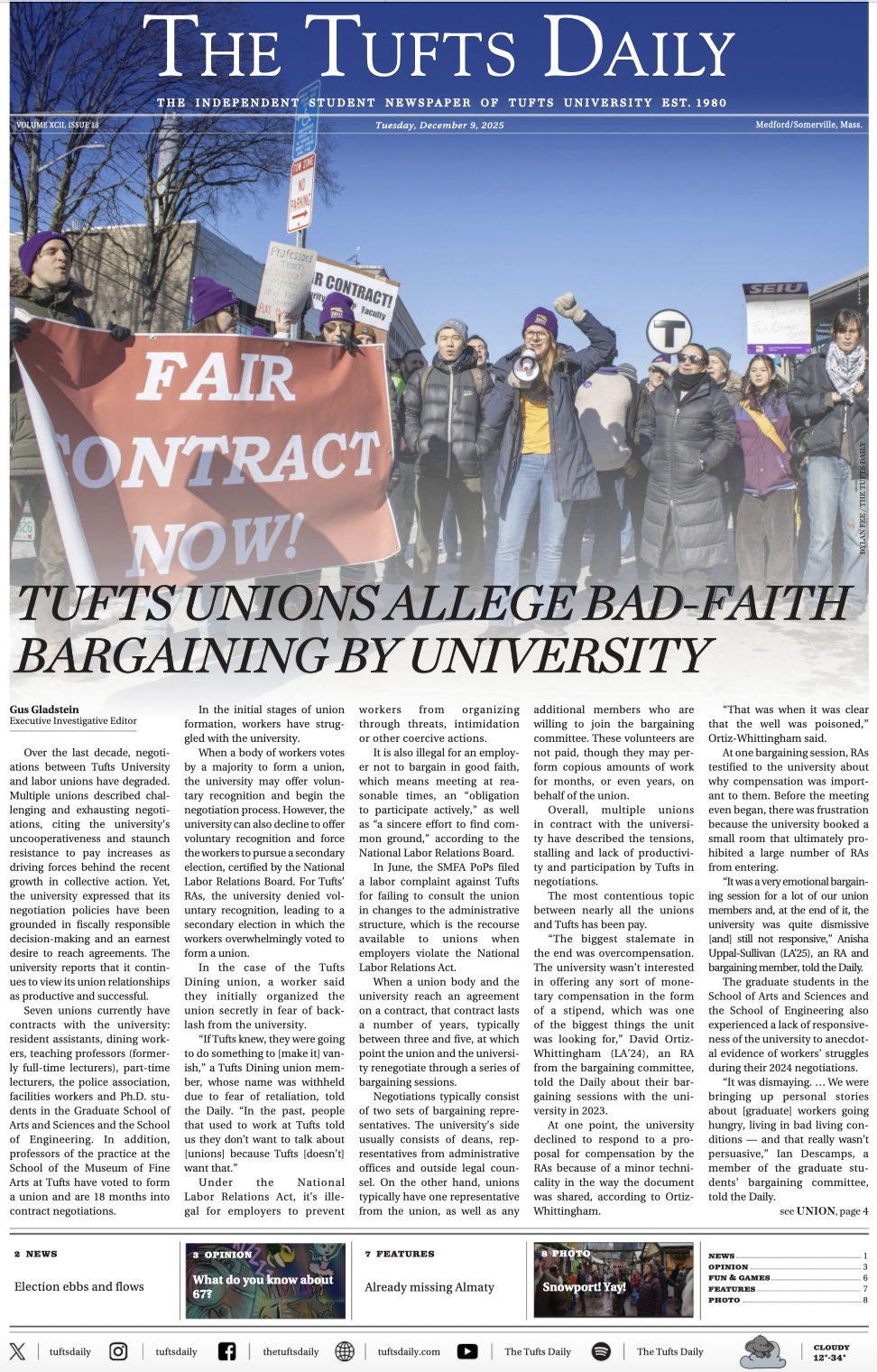From the Public Editor | Tufts media and the economy
March 3These are dark days for the newspaper business. Newsrooms are shedding jobs by the hundreds; major metropolitan newspapers such as The Philadelphia Inquirer have cut their foreign desks (according to The New Republic, only four U.S. newspapers now have one); and whole sections are vanishing, as evidenced by The Boston Globe's recent decision to do away with its weekly stand-alone Health/Science section.



